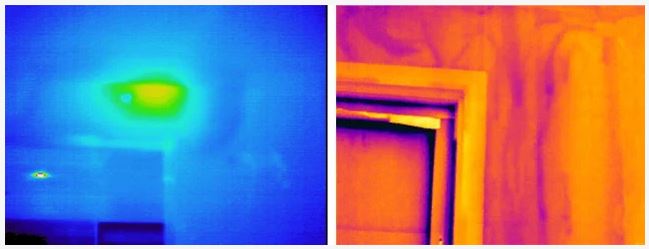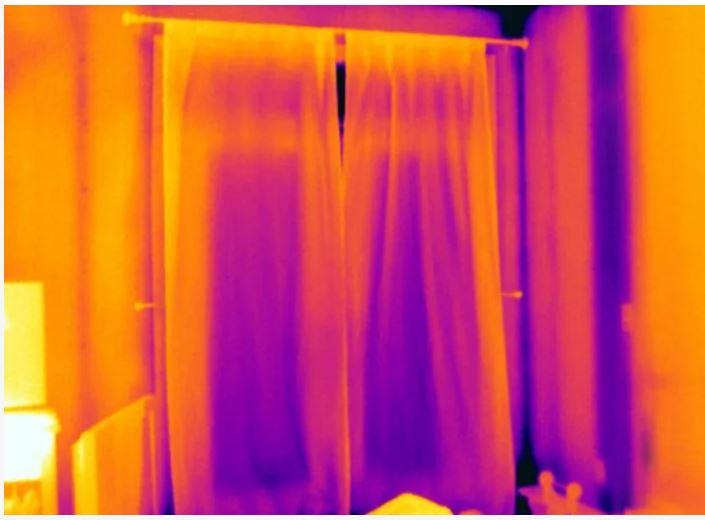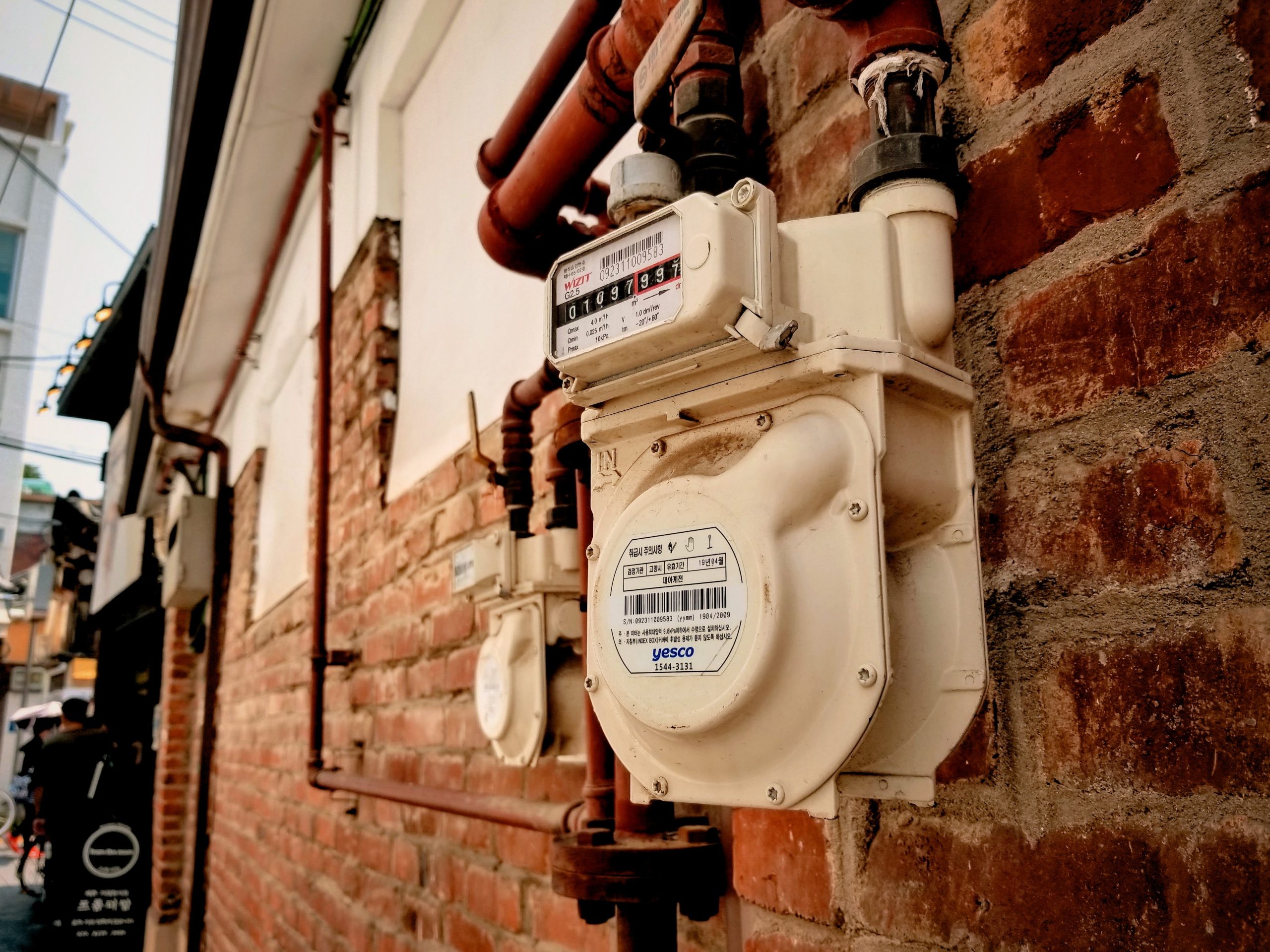How to choose the right ceiling fan (other than the color)
How to choose the right ceiling fan (other than the color)
Everyone has a “style” in their home, and glancing at the number of pages of ceiling fan choices in any online hardware or home decor store, there is a ceiling fan for every style! You’ve got modern, traditional, glam, rustic, minimalist, and everything in-between. Knowing the characteristics of the best-performing ceiling fans will make your choices easier within the style and color you like, so take a minute to check out these tips.
The object of a ceiling fan is to circulate air, so air flow should be near the top of your list. Airflow is measured in cubic feet per minute, and although some manufacturers like to give measurements of velocity (feet per second or meters per second), they are not the same. Airflow is what “mixes up” the air in a room and breaks up stratified air (thermal layers) so that your air conditioning system becomes more efficient. The most efficient ceiling fans are High Velocity Low Speed (HVLS) types; these are the ginormous fans that you may see in a warehouse store or sports arena. They typically measure 6 feet in diameter and larger, many topping 20 feet or more. Surprisingly, they move the most air with the least amount of energy, but you do need a high ceiling so that each fan is between 20-25 feet above the floor. If you aren’t looking for such an industrial size fan, Aeratron makes the most efficient ceiling fan in normal sizes. Their fans incorporate several designs that help them to achieve this efficiency:
Blade shape: Blades can get super-fancy, but the most efficient are oar-shaped, or in Aeratron’s case, with a “winglet” to reduce drag.
Motors: the more powerful the motor, the more efficient the fan. The most recent developments are “DC” or direct current motors, which can be adjusted to an infinite number of speeds. These are electronically controlled and are typically quieter, smaller and lighter than AC (alternating current) motors.
Number of blades (Less is More): Did you know that the lower the number of blades, the better the efficiency? More than two blades just cause more turbulence and do not move more air.
Slower is better: Operating a ceiling fan at a slow speed continuously is better than higher speeds.
Having a downrod (an extension that lowers the body and blades of a fan away from the ceiling) is critical to a fan’s ability to move air. Even a 3” to 4” downrod increases efficiency by approximately 40% over a flush-mount fan (one that hugs the ceiling). Check out downrod specifications below.
So, after giving all this information, there is one number that could guide you to the most efficient fan in your style preference. It’s called cubic feet per minute per watt (CFM/W). Basically, it’s analogous to gas mileage for fans–how much air it can move per watt of energy expended. Although 75 is the minimum to make a fan efficient, the higher the better, and the most efficient fans have a CFM/W over 400. Here’s a list of the most efficient as compiled by EnergyStar.gov.
So, now that you think you have found the most efficient, stylish fan in your budget, we just wanted to make sure you know the following interesting information:
Ceiling fans don’t actually cool a room. Say whaaat? That’s right, ceiling fans don’t cool a room because they can’t remove heat, the way an air conditioner can. In fact, because ceiling fans expend energy and a portion of that energy produces heat, they actually add heat to a room. The cooling effect you feel is the wind chill effect, which is the temperature which a person feels with respect to the wind. (cielowigle.com) According to Consumer Reports, using a ceiling fan, can make you feel up to 4° F cooler, and you can save 3 to 5 percent on air-conditioning costs for each degree you raise the thermostat, so using ceiling fans and raising the thermostat setpoint can theoretically save you 12-20% in air conditioning costs. Pretty cool!
Remember the rule above about the less blades, the better? Well, an improvement on a two-bladed ceiling fan might just be a ceiling fan without blades. There are actually quite a few products that advertise to be “bladeless”, but in reality, the blades are enclosed in a casing (enclosed fans, by the way, are great choices for kids’ rooms and near bunkbeds, to avoid the chance of getting fingers or toys caught in them). One of the true “bladeless” fans is the Exhale Fan, which features a stack of spinning discs modeled after Nikola Tesla’s bladeless turbine. Instead of shooting the air straight downwards like traditional fans, Exhale fans move air at a 45 degree angle, which accomplishes a lot: it creates a vortex and de-stratifies the temperature layers of the room, more effectively mixing the air. The fans themselves move over 5,000 cfm of air, which is pretty amazing since they have no “blades”! No blades also means very little noise. In addition, they are preferably mounted directly to the ceiling, eliminating the use of downrods.
Sizing your fan is very important. The larger your room, the greater the diameter of the ceiling fan you need to circulate air effectively. This sizing guide is very simple to use, and when in doubt, it’s best to go one size larger! The reason for this is that it’s more efficient to operate a large fan on lower speed, than to operate a smaller fan on its highest setting.
Choosing the correct downrod length is very important. It’s not common knowledge, but if you have a standard 8’ ceiling, you should have a short downrod on your fan (3”). When I purchased my home, even though all of the ceilings are 8’ or more, 6 out of 7 ceiling fans were flush-mounted (mounted directly to the ceiling). Flush-mounting is only recommended for ceilings lower than 8’, and a flush-mounted fan moves approximately 40% less air! So, before purchasing a ceiling fan, measure your ceiling height and check this handy guide. If a fan accommodates a downrod, you can always adjust the length by purchasing the right downrod separately. Basically, you’ll want the fan to be at least 7’ from the floor and 8-9’ for optimal airflow.
LED lights continue the savings. If you are going for efficiency, it makes sense not to squander savings from the fan by using incandescent light bulbs. Many high-end fans now have permanent LED bulbs and LEDs that can be adjusted for color in cooler or warmer tones.
Photo by Sidekix Media on Unsplash







